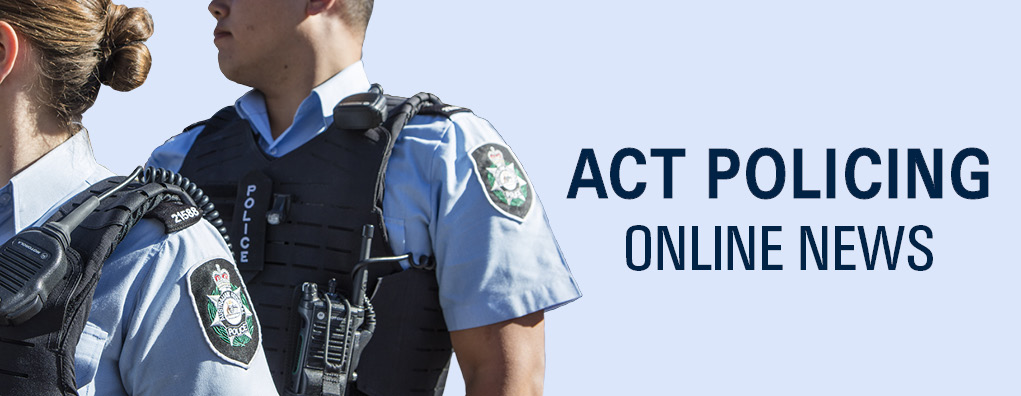Property Crime Prevention

Although the ACT has some of the lowest property crime rates in Australia, we need to remain vigilant because property crime can affect anyone of us.
Property crime is often opportunistic in nature and everyone has a responsibility to take steps to keep their property safe. There are many things we can do to protect ourselves against theft and crime at home, at work and when in travelling around town.
Visit the links below and learn how you can outsmart the offender and play it safe with your assets and valuables.
Home Security
Vehicle Security
Apartment Security
Bike Security
Tools and Equipment Security
Business Security






